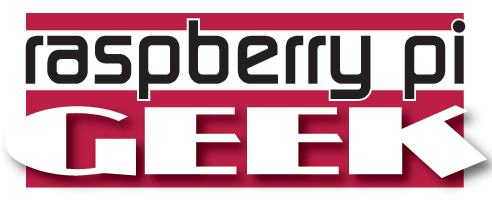Raspberry Pi navigation on the open seas
The Raspberry Pi (Rasp Pi) plus a television has served as an energy-saving multimedia center [1] and an excellent low-cost navigational device [2] for a small cruising yacht on inland waterways. Recently, I acquired a larger boat (Figure 1) capable of sailing open seas. Although the "Einstein" is equipped with GPS, an echo sounder, and speedometer, she is missing a contemporary chartplotter, which is quite an expensive device, and has an old, defective radio. The radio antenna at the top of the mast, however, is intact and still works perfectly.
Because of the positive experiences I had already had with the Rasp Pi on a sailboat, I had no doubts that the small computer could play a central role on an ocean-going boat. In addition to price considerations, I found a reference to a project on a sailing forum that perfectly fulfilled the requirements for creating my own chartplotter – avNav.
[...]
Buy this article as PDF
Pages: 8
(incl. VAT)






